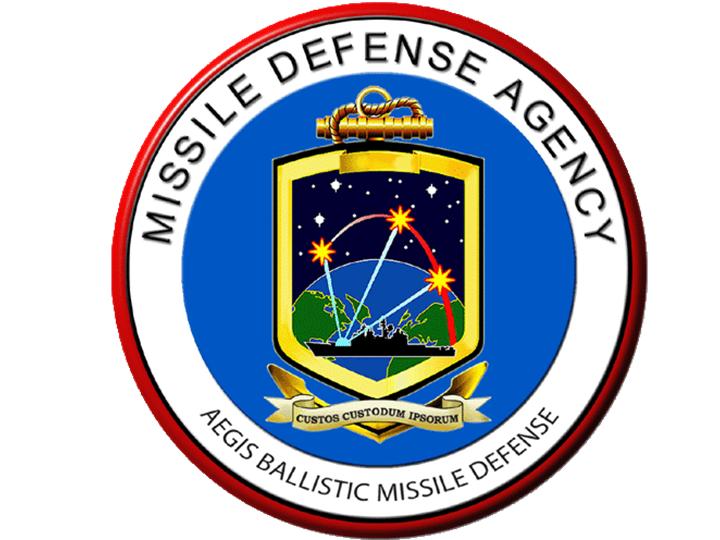Nuclear Weapons 207 - U.S. Aegis Ballistic Missile Defense System Operational In Romania
The Aegis Ballistic Missile Defense System (ABMD) was developed by the U.S. Department of Defense Missile Defense Agency to provide defense against short to intermediate range ballistic missiles. The system is designed to intercept and destroy missiles after their launch and initial boost phase but before they reenter the atmosphere on the way to their target. A radar system tracks the launched missiles and the Raytheon RIM-161 Standard Missile 3 is used to destroy the enemy missile. The missiles can be launched from ships or ground bases. Development of the ABMD system began in the 1980s under President Reagan and was finalized with the Aegis 3.0 update in 2005.
In 2002, the U.S. began talks with Poland and other European countries about the possibility of the installation of a U.S. system to destroy long range missiles that threatened Europe. The Ustka-Wicko base in Poland was one of the prospective locations for such a system. A debate on this location began in Poland in 2005. In 2007, the U.S. began formal negotiations with Poland and the Czech Republic over the construction of a U.S. missile defense system. The U.S. said that the system was intended for use against missiles launched from the Middle East or Northern Africa.
Russia was against the establishment of such a system. They claimed that the system could be used to destroy Russian missiles launched at Europe in a conflict. They threatened to deploy short-range nuclear missiles on along their border with Poland if the U.S. missile system was built in Poland. They also said that they would consider withdrawing from the Nuclear Forces Treaty of 1987.
During 2008, U.S. discussions with Poland proceeded. An agreement was reached just after the war between Georgia and Russia over South Ossetia. This prompted Russia to state that it was now obvious that the new missile system was aimed at destroying Russian missiles. A Russian military official said that Poland could become a target for Russian nuclear missiles if the system was installed. An agreement was concluded between the U.S. and Poland in spite of protests from not just Russia but also from the French Prime Minister.
The U.S. had claimed that the missile defense system to be installed in Poland was primarily intended as a defense against missiles launched from Iran. In late 2009, the U.S. President announced that new intelligence indicated that Iran was concentrating on short and medium range missiles and not on long range missiles. Therefore, the President said that plans for the new missile system in Poland were being cancelled.
Following the cancellation of the original plan, a new plan to deploy smaller mobile SM-3 missiles in both Poland and Romania was announced. The European ABMD system deployment would include installation of the SM-3 missiles on U.S. naval vessels by 2011. SM-3s would be deployed in Poland and Romania by 2015. A final phase to install more advanced missiles in Eastern Europe by 2018 was cancelled as a concession to Russian concerns.
On May 12, 2016, the U.S. switched on an eight hundred million dollar ABMD system in Romania. The U.S. claimed that the new system would be used as a defense against Iranian missiles and that there was no intention to use it against Russia. On the same day as the announcement of the Romanian system, ground was broken for the construction of an ABMD installation in Poland, to be completed by 2018.
